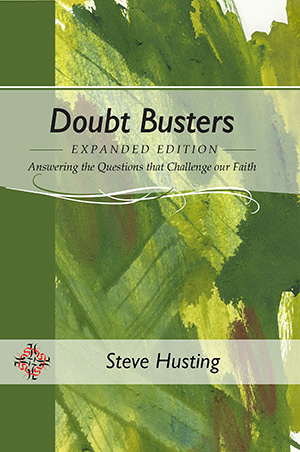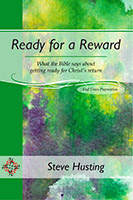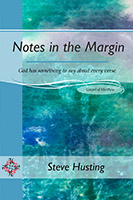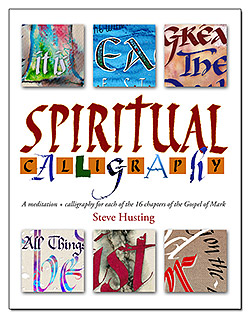The Bible has several fascinating traits that some claim are the fingerprint of God in the book. Some claim that one such discovery is the Bible Code. This method seeks to find hidden messages that relate to modern events by using the computer to find equidistant letter sequences, or ELS. That is, by noting every fourth letter, or every fifth letter, and so on, in the original Hebrew of the OT, one will inevitably find messages or words spelled out.
Another way to investigate the Bible for hidden meanings is by checking the meaning of the proper names. For instance, Adam means Man. Enoch means Teaching. Noah means Rest. Chuck Missler reported an astonishing message that was spelled out by the genealogy from Adam through Moses. First, take the names in order: Adam Seth Enosh Kenan Mahalalel Jared Enoch Methuselah Lamech Noah. Now put their meanings in order: “Man (is) appointed mortal sorrow; (but) the Blessed God shall come down teaching (that) His death shall bring (the) despairing rest.” That’s remarkable – the Gospel is spelled out in the names of these men.
Some scholars have noted the recurrence of the number seven (or multiples of seven) throughout the Bible. The Sabbath on the seventh day; the seven years of plenty and the seven years of famine in Egypt; the seven priests and seven trumpets marching around Jericho; the Sabbath Year of the land are well-known examples. Even more astonishing, though, is the occurrence of the number 7 behind the scenes. Look at some of the amazing discoveries made by Dr. Ivan Panin:
For example, the first 17 verses of Matthew deal with the genealogy of Jesus Christ. The number seven figures predominantly in many ways:
The number of words which are nouns is exactly 56, or 7 x 8.
The Greek word “the” occurs most frequently in the passage: exactly 56 times, or 7 x 8.
There are two main sections in the passage: verses 1-11, and 12-17. In the first main section, the number of Greek vocabulary words used is 49, or 7 x 7.
Of these 49 words, the number of those beginning with a vowel is 28, or 7 x 4. The number of words beginning with a consonant is 21, or 7 x 3.
The total numbers of letters in these 49 words is 266, or 7 x 38 – exactly! The number of vowels among these 266 letters is 140, or 7 x 20. The number of consonants is 126, or 7 x 18 – exactly.
Of the 49 words, the number of words which occur more than once is 35, or 7 x 5. The number of words occurring only once is 14, or 7 x 2. The number of words which occur in only one form is exactly 42, or 7 x 6. The number of words appearing in more than one form is also 7.
The number of the 49 Greek vocabulary words which are nouns is 42, or 7 x 6. Of the nouns, 35 are proper names, or exactly 7 x 5. These 35 names are used 63 times, or 7 x 9. The number of male names is exactly 28, or 7 x 4. These male names occur 56 times, or 7 x 8. The number which are not male names is 7.
Three women are mentioned – Tamar, Rahab, and Ruth. The number of Greek letters in these three names is 14, 7 x 2.
Still another Bible oddity occurs when you realize that every Hebrew and Greek letter has a number equivalent (the Greek or Hebrew equivalent of A = 1, B = 2, C = 3). What happens when you add up those numbers? Let’s take the passage of John 21:11: “Simon Peter went up and drew the net to land full of great fishes, an hundred and fifty and three.” Does the figure of 153 have any parallels? Yes: In the record of the miraculous draught, the word for “fishes” comes to 1,224, or 8 x 153, and the words for “the net” have the same value, 1,224. “Multitude of fishes” is 1,069, or 16 x 153. The numerical equivalent of verses 9-11 gets 28,460, or 186 x 153. The letters added up for all of verse 11 is 15,758 or 103 x 153.
These are not the only methods of seeing messages behind the words. But do let us remember that what God has plainly written is to be taken of greater value than the hidden meanings.
What Do You Think?
a. Do these amazing Bible facts convince you that the Bible was inspired by God? Why or why not?
Resources:




